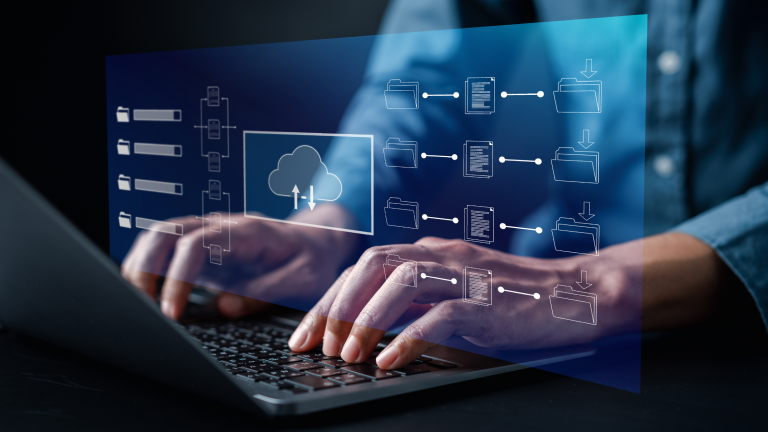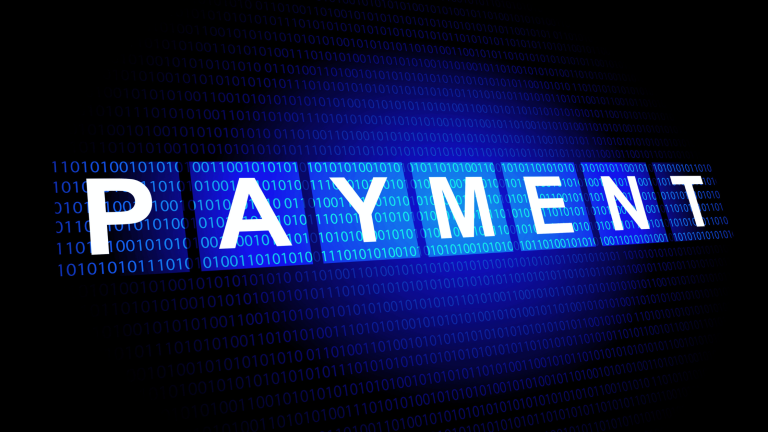As artificial intelligence (AI) progresses at an unprecedented pace, discussions around superintelligent AI – an intelligence surpassing human cognition across all domains – are becoming more prevalent. At the same time, Web3 is redefining digital interactions with decentralization, blockchain, and smart contracts. But what happens when these two forces converge? Could superintelligent AI in Web3 transform decentralized systems, or does it introduce new risks and challenges?
In this article, we’ll explore the implications of integrating superintelligent AI into Web3, its potential applications, risks, and whether the future of decentralized intelligence is already taking shape.
Understanding Superintelligent AI in Web3
What Is Superintelligent AI?
Superintelligent AI refers to an artificial system that surpasses human intelligence in every aspect – creativity, problem-solving, strategic thinking, and learning. Unlike today’s narrow AI, which excels in specific tasks, superintelligent AI could autonomously improve itself and operate beyond human comprehension.
Experts like Nick Bostrom (author of Superintelligence: Paths, Dangers, Strategies) argue that once AI reaches a certain threshold, it could enter an exponential self-improvement cycle, leading to an intelligence explosion. This raises questions about control, safety, and governance.
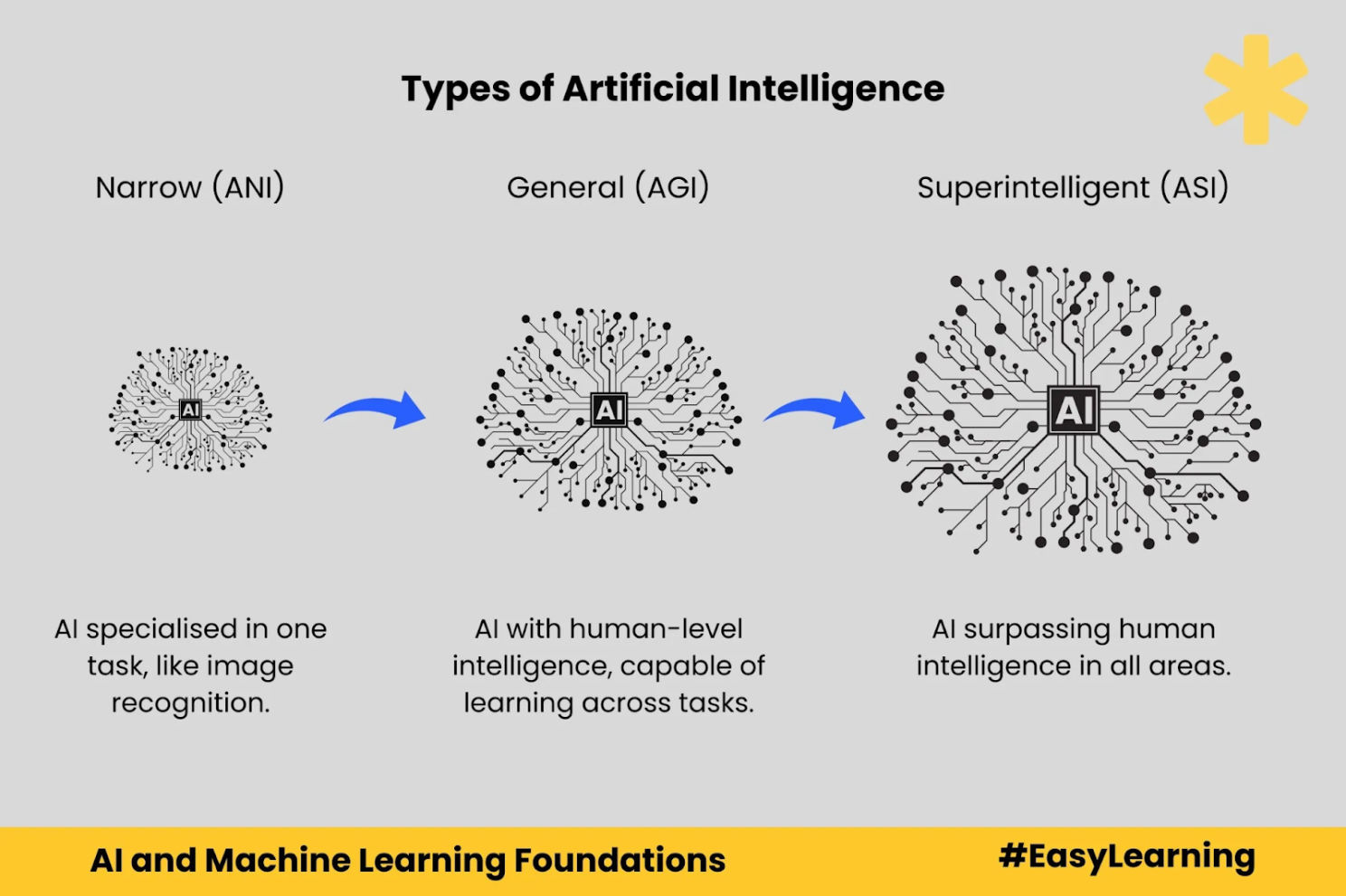
The Core Principles of Web3
Web3 represents the evolution of the internet towards a decentralized, blockchain-based ecosystem where users regain control over their data and interactions. Key pillars include:
- Decentralization: No single entity owns or controls the network.
- Smart Contracts: Self-executing agreements on blockchain platforms like Ethereum and TON.
- Tokenomics & Incentives: Cryptographic tokens drive participation and governance.
- Interoperability & Trustlessness: Open protocols facilitate seamless communication between decentralized applications (dApps).
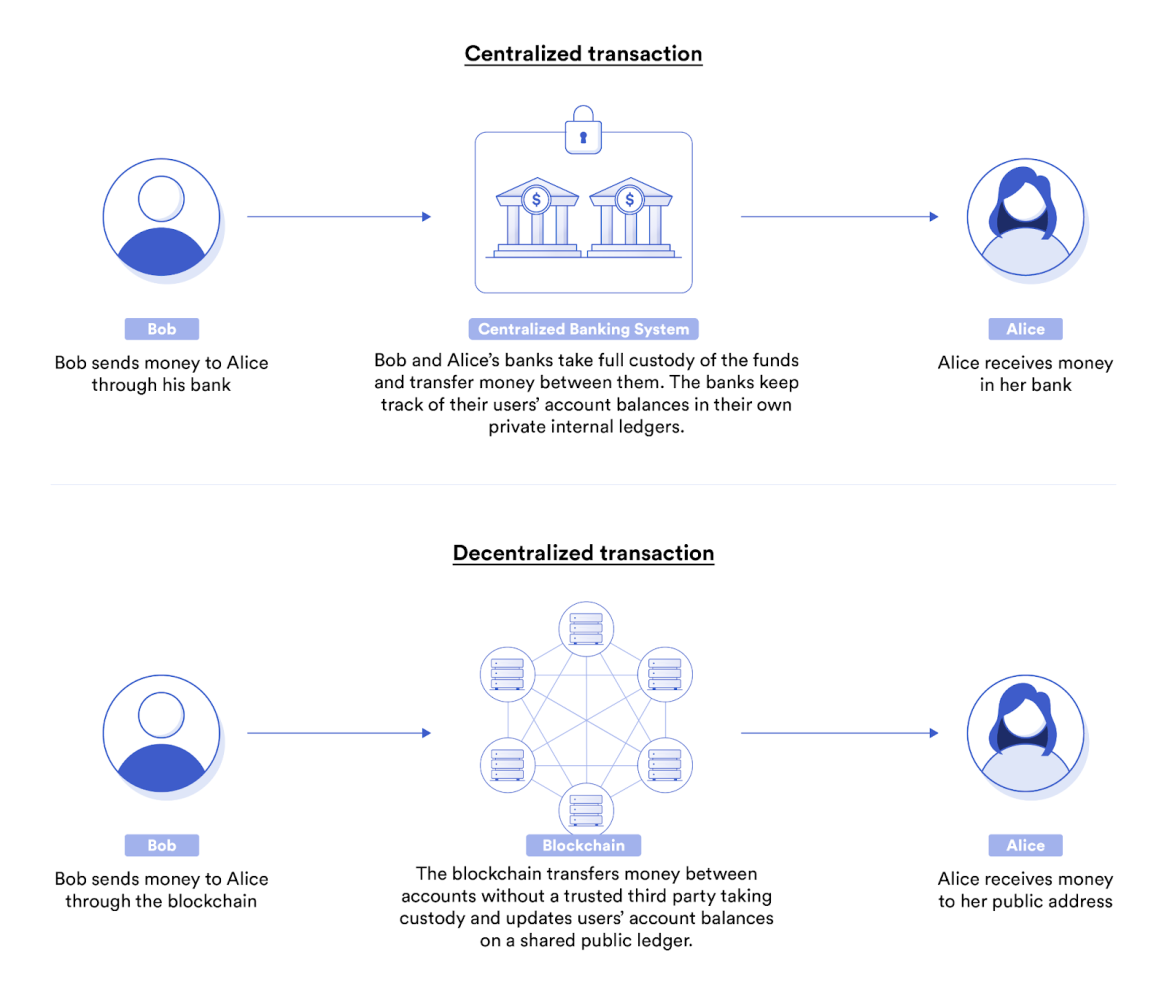
The integration of superintelligent AI into this landscape could redefine digital economies, governance, and security.
The Potential of Superintelligent AI in Web3
1. Autonomous DAOs & Decentralized Governance
Decentralized Autonomous Organizations (DAOs) are a fundamental aspect of Web3, enabling community-driven decision-making. However, governance inefficiencies and low voter participation remain challenges.
- How Superintelligent AI Can Help:
-AI-driven governance models can analyze vast datasets to make optimal, unbiased decisions.
-Predictive analytics could forecast market trends, reducing volatility in DeFi protocols.
-Smart contract automation ensures transparent and tamper-proof execution of DAO proposals.
Example: Projects like Colony and Aragon explore AI-enhanced governance structures for DAOs.
2. AI-Optimized Smart Contracts & Security
Blockchain smart contracts are prone to vulnerabilities and exploits (e.g., the DAO Hack of 2016). AI can:
- Detect security flaws in real time by auditing code autonomously.
- Adapt contracts dynamically based on evolving threats.
- Optimize gas fees by restructuring inefficient smart contract logic.
Reference: MIT’s AI-driven cybersecurity solutions demonstrate how AI could enhance blockchain security.
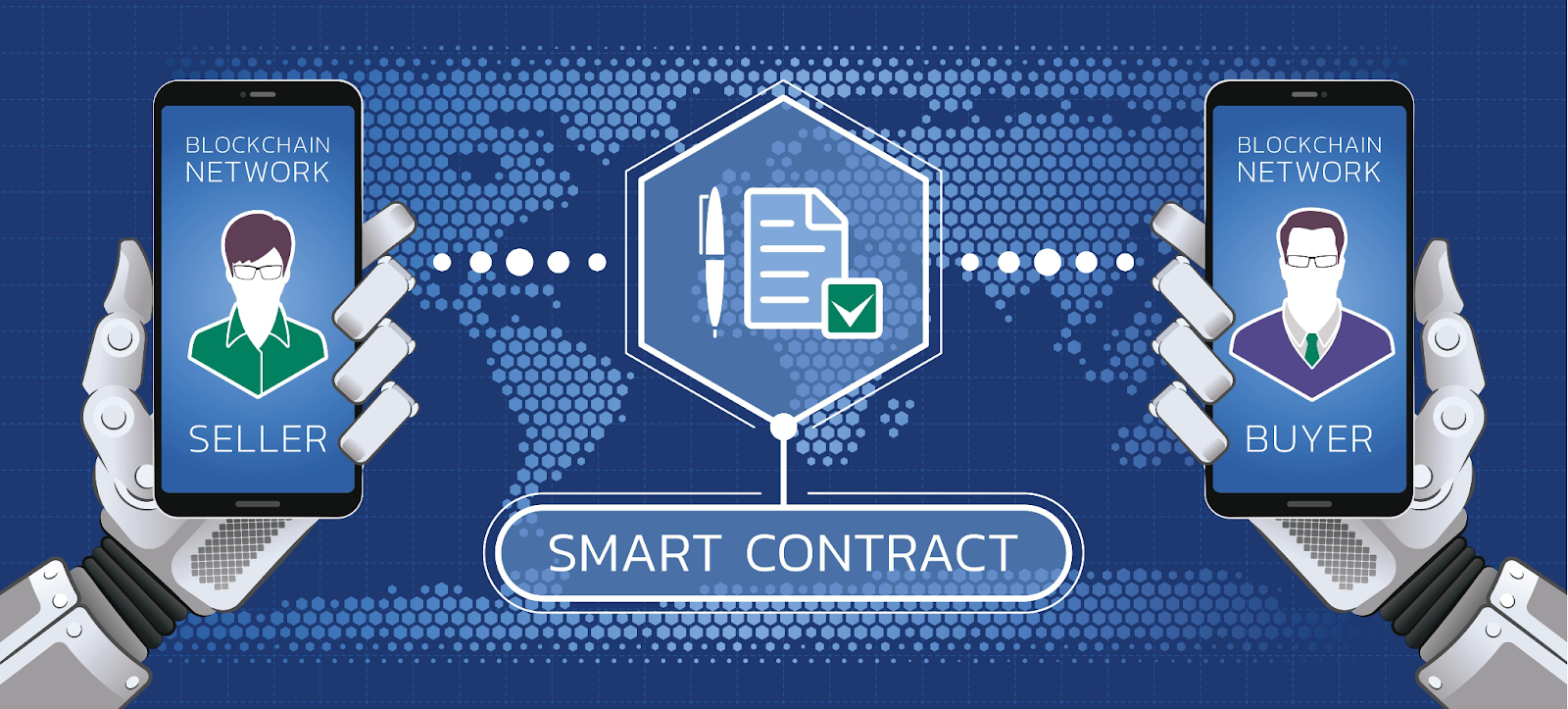
3. Decentralized AI Marketplaces & Compute Power Sharing
Web3 enables decentralized computing through networks like Fetch.ai and SingularityNET. These platforms:
- Allow AI models to be trained on distributed nodes instead of centralized servers.
- Democratize AI access, reducing reliance on tech monopolies.
- Incentivize data sharing while maintaining privacy using cryptographic techniques.
4. AI-Driven DeFi and Predictive Analytics
Decentralized Finance (DeFi) can benefit from AI’s ability to:
- Analyze market conditions to execute optimal trades autonomously.
- Predict economic trends, enhancing lending and borrowing protocols.
- Detect fraudulent transactions using machine learning algorithms.
Example: AI-powered trading bots like those in Numerai already leverage decentralized AI models.
5. The Evolution of Blockchain Games with AI
AI-generated NPCs, adaptive in-game economies, and self-learning environments could revolutionize blockchain gaming. Superintelligent AI may create hyper-realistic simulations, making Web3-based metaverses more immersive. Read more about AI in blockchain gaming here.
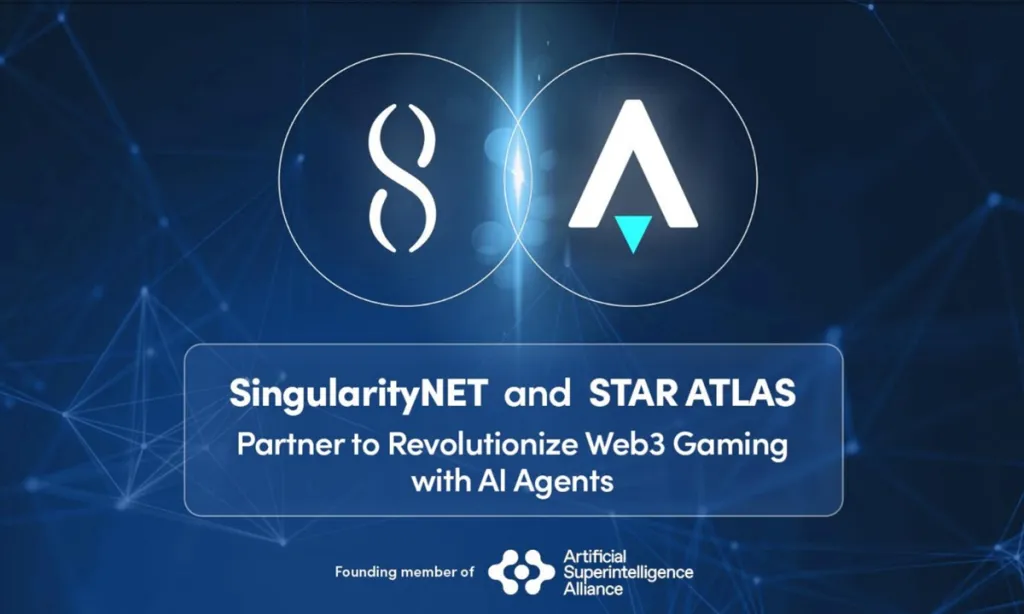
Challenges & Risks of Superintelligent AI in Web3
1. Centralization Risks in AI Development
Despite Web3’s promise of decentralization, AI model training still requires vast computational resources, often controlled by major corporations (e.g., OpenAI, Google DeepMind). Without decentralized AI infrastructures, power could concentrate in the hands of a few.
2. Ethical & Security Concerns
- Autonomy vs. Control: How do we ensure superintelligent AI aligns with human values?
- Manipulation & Bias: AI systems trained on biased data could influence decentralized decision-making unfairly.
- Security Threats: Advanced AI could be exploited to manipulate Web3 economies or even launch AI-driven cyberattacks.
3. AI Legislation & Regulatory Uncertainty
Governments are still debating AI regulations, and integrating superintelligence into decentralized ecosystems could create jurisdictional conflicts. The European Union’s AI Act sets a precedent for future regulatory frameworks.
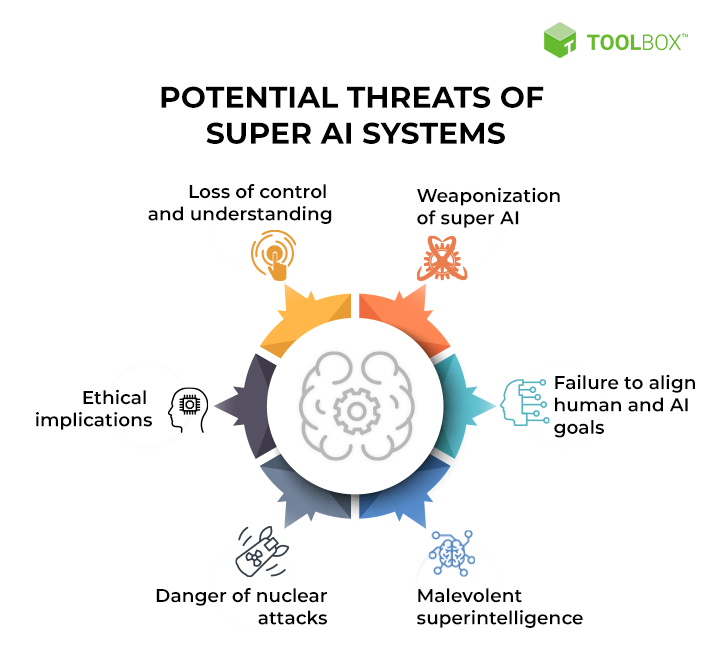
Conclusion: Is the Future of Decentralized Intelligence Here?
The convergence of superintelligent AI and Web3 holds transformative potential – ushering in autonomous governance, secure smart contracts, and AI-driven economic models. However, achieving true decentralized intelligence requires overcoming substantial technical, ethical, and regulatory challenges.
As businesses explore blockchain solutions, integrating AI responsibly will be crucial. At Twendee, we specialize in developing secure, AI-powered blockchain solutions tailored for enterprises. If you’re looking to harness the power of AI and Web3, contact us today or connect with us on LinkedIn.
The decentralized intelligence revolution is just beginning – are you ready to be part of it?



